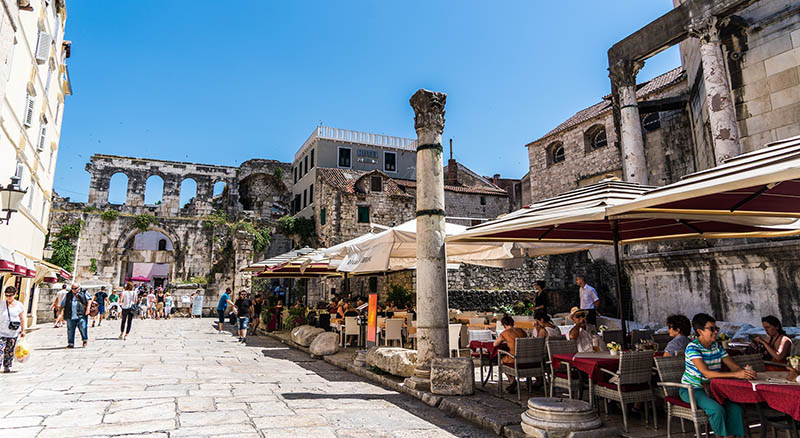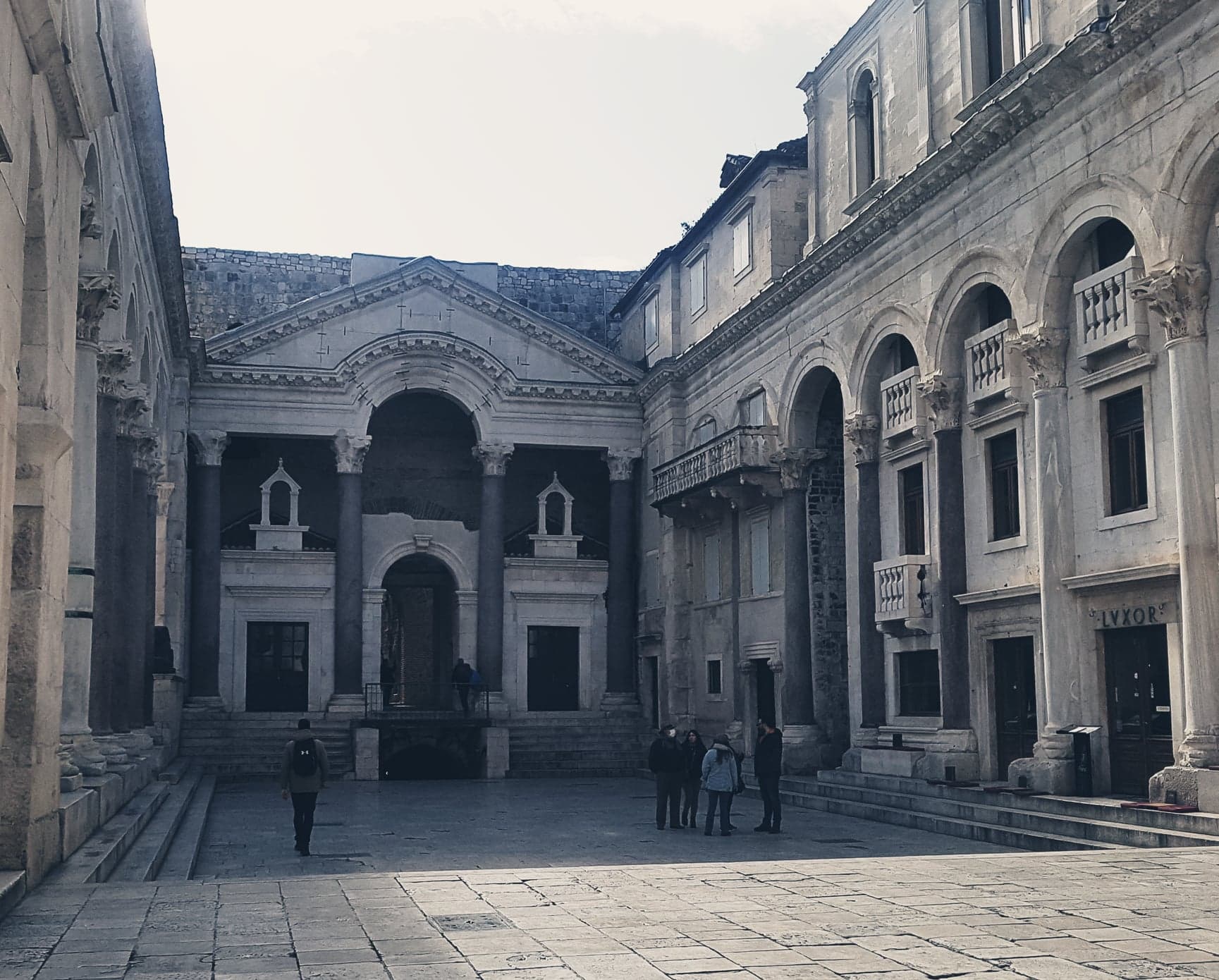What is the difference between the northern and southern part of the Diocletian Palace?
The northern part of Diocletian Palace used to host soldiers, servants and possibly other facilities while the southern part was mostly dominated by religious (Mausoleum, Jupiter’s temple), public (Peristyle) and private (Vestibul, library, residential chambers, etc.) buildings.
Was the Diocletian Palace used as the Emperor’s retirement mansion?
Early-Christian author Lactantius (Lucius Caecilius Firmianus Lactantius) mentions Diocletian in the context of his abdication as the one who proudly plants cabbage in his retirement villa near the ancient city of Salona (the capital city of Roman province of Dalmatia).
Is it true that Diocletian abdicated?
Little is known about Diocletian as the first Roman emperor who decided to abdicate voluntarily. After executing numerous administrative and fiscal reforms he managed to consolidate the State politically and to secure a peaceful transition of power by rejecting the throne. His thoughtful decision was followed by the command to erect a palace where he will spend the rest of his life and which will stand the test of time by glorifying achievements of his tetrarchy – Diocletian Palace.
Is Diocletian Palace enlisted on the UNESCO World Cultural Heritage list?
Yes, it is. In November 1979 UNESCO, in line with the international convention concerning the cultural and natural heritage, adopted a proposal that the historic Split inner city, built inside and around the Diocletian’s palace, should be included in the register of the World Cultural Heritage. In 2006 local government approved the plans for the construction of several new structures within the archaeological site despite UNESCO regulations. The original buildings were set to include a new shopping centre and garage complex but due to the public uprising against the latest additions, these plans were soon entirely abandoned.
Is it true that GoT was filmed in Diocletian’s Palace?
Millions of GoT fans around the globe would be particularly interested in visiting Diocletian Palace in Split if they know it was used as the set for filming the fourth and fifth season of the series. It was a binary setting for the city of Mareen in the mystical land of Slaver’s Bay. As the “slave city” Diocletian Palace was also featured in multiple acts including Daenerys. Majority of scenes were taking in substructural parts of the Palace known as the Diocletian cellars or basement halls.
If you want to go live to the recording locations and hear more details about GOT in Split, book the Game of Thrones Tour and, with expert guidance, discover the secrets of the palace and optionally visit the GOT Museum.
What is the Diocletian Palace Opening Hours?
Diocletian Palace in Split has no opening hours so you are free to visit the site 24/7 without any additional charges but please note you will have to pay for the entrance tickets if you want to check out locations like Jupiter’s temple, Mausoleum (St. Domnius Cathedral) or nearby museums and galleries. Compared with Dubrovnik where there is only one main entrance to the historic core of the city (regulated by the local government), Diocletian’s Palace has multiple entrances which are still in use today by locals and visitors. If you decide to enter through the northern wall – and pass the Golden gate, you will get to Split Walking Tour agency.
However, if you decide to enter the palace on the east side, through the porta argentea – Silver gate, just a few steps away you will find the Diocletian’s Wine House restaurant where you can taste the Roman Diocletian menu and try some of the 50 Dalmatian wines. Don’t hesitate!


